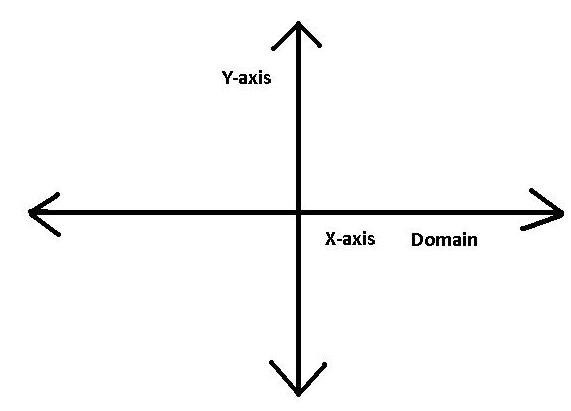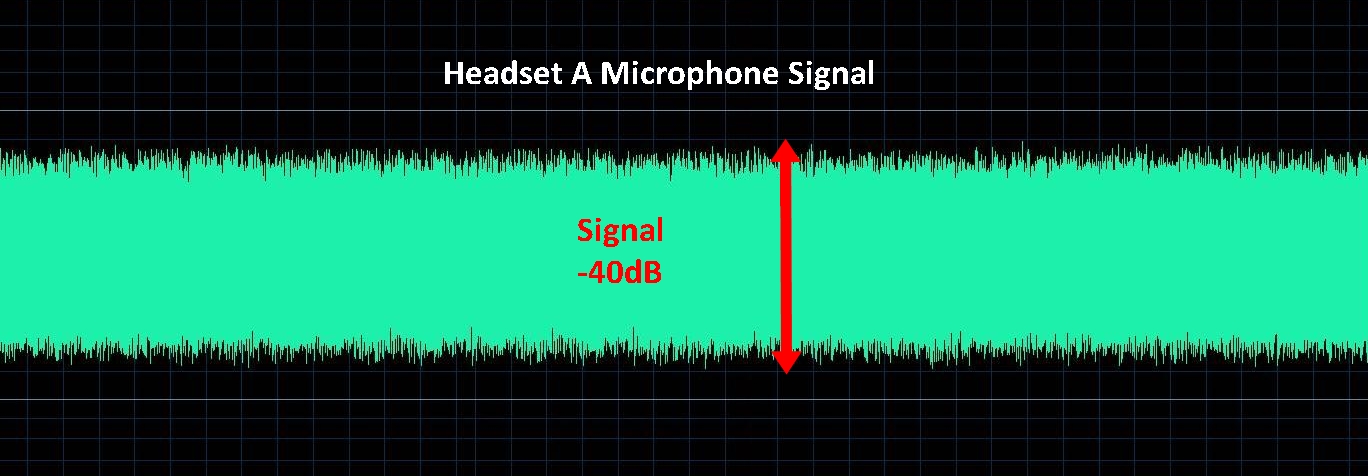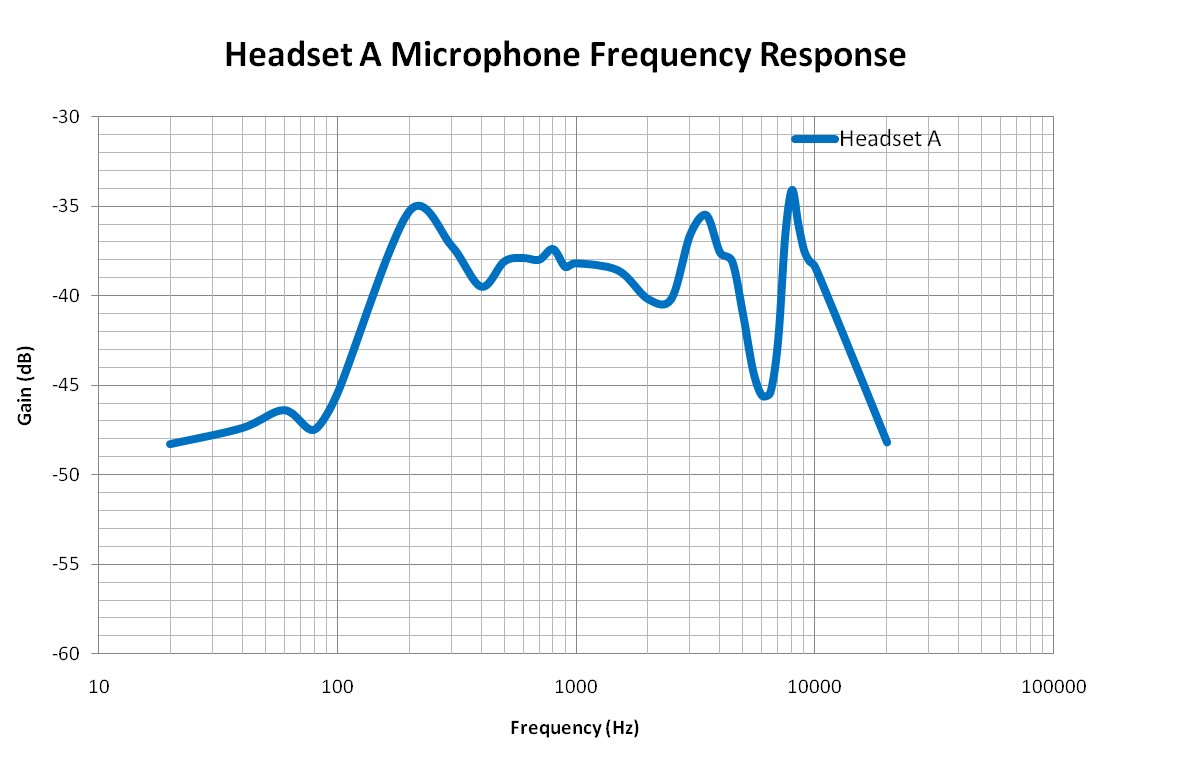Time Domain vs. Frequency Domain of Audio Signals
Remember when you were in math in high school, and you dealt with coordinates and coordinate systems. There was a Y-axis which ran vertical to the system and an X-axis that ran horizontally to it.

The X-axis is the domain of the coordinate system because it is the independent axis. It determines what the value of the Y-axis is because the Y-axis is dependent on the value of the X-axis. For this reason, the Y-axis is called the dependent axis.
Time Domain
When we are examining an audio signal in the time domain, the X-axis is time. So the value of the Y-axis
depends on the changing of the signal with respect to time. Below is a graph of an audio signal in the time domain.

Usually examining an audio signal with respect to time is only useful when we need to find out the amplitude of a signal, because this is the only information that is shown in the time domain. This amplitude is the RMS amplitude, averaged out at all the various frequencies of the bandwidth being used. Usually an audio signal doesn't vary with respect to time. The above graph shows a microphone recording a white noise signal being played. As long as the white noise signal is constant, the microphone will record the signal at the same level. So no matter how long time drags out, even if for hours, the same signal will keep on being recorded.
Frequency Domain The Frequency Domain is much more useful and used in examining audio signals. When we are examining an audio signal in the frequency domain, the X-axis is frequency. So the value of the Y-axis depends on the changing of the signal with respect to frequency. Below is a graph of an audio signal in the frequency domain:

Audio signals are usually much more examined in the frequency domain rather than the time domain because usually audio signals change with respect to frequencies, not time. The frequency domain also shows more information about an audio signal because it shows the audio signal's amplitude at each specific frequency of a bandwidth rather than just the averaged RMS amplitude value, which is what the time domain gives.